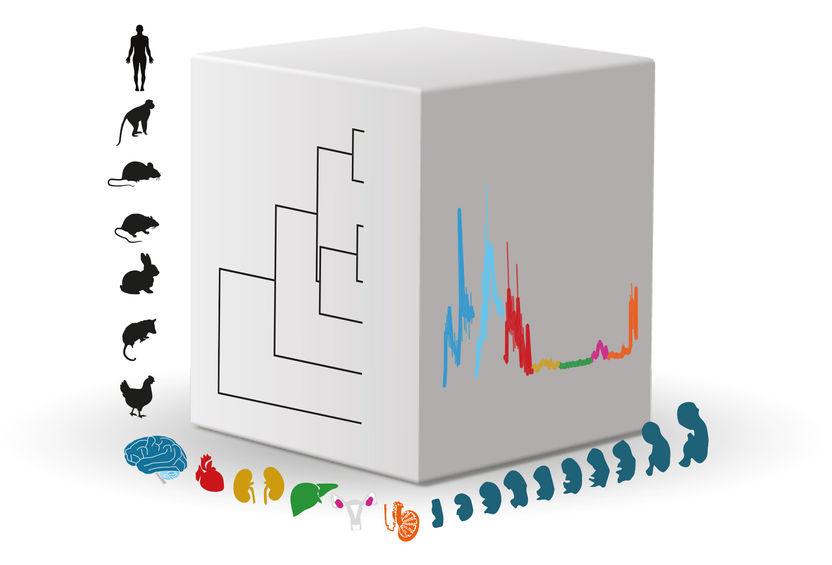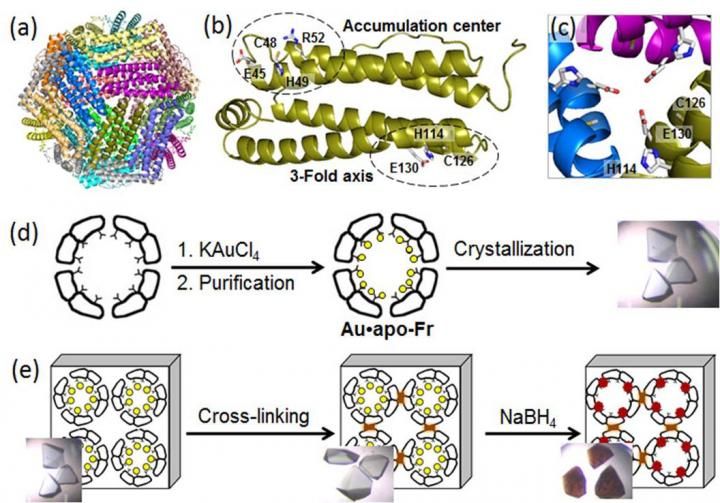Electric fields weaker in slow-healing diabetic wounds
People with diabetes often suffer from wounds that are slow to heal and can lead to ulcers, gangrene and amputation. New research from an international group led by Min Zhao, professor of ophthalmology and of dermatology at the University of California, Davis, shows that, in animal models of diabetes, slow healing is associated with weaker electrical currents in wounds. The results could ultimately open up new approaches for managing diabetic patients.

UC Davis researchers measured electric fields and wound healing in eyes from three different models of diabetes. Left to right, green fluorescence shows damaged area shrinking over time. Top row, eyes from normal mice. Other rows are eyes from three different mouse models of diabetes.
Min Zhao and Brian Reid, UC Davis
"This is the first demonstration, in diabetic wounds or any chronic wounds, that the naturally occurring electrical signal is impaired and correlated with delayed healing," Zhao said. "Correcting this defect offers a totally new approach for chronic and nonhealing wounds in diabetes."
It has been estimated that as much as $25 billion a year is spent on treating chronic ulcers and wounds related to diabetes, Zhao said.
Electric fields and wound healing
Electric fields are associated with living tissue. Previous work by Zhao and Brian Reid, project scientist at the UC Davis Department of Dermatology, showed that electric fields are associated with healing damage to the cornea, the transparent outer layer of the eye.
In the new work Zhao, Reid and colleagues used a highly sensitive probe to measure electrical fields in the corneas of isolated eyes from three different lab mouse models with different types of diabetes: genetic, drug-induced and in mice fed a high-fat diet.
In a healthy eye, there is an electrical potential across the thickness of the cornea. Removing a small piece of cornea collapses this potential and creates electric currents, especially at the edges of the wound. Cells migrate along the electric currents, closing the scratch wound in about 48 hours.
The researchers found that these electric currents were much weaker in eyes from all three strains of diabetic mice than in healthy mice. Delayed wound healing was correlated with weaker electric currents.
"We saw similar results with all three models," Reid said.
The researchers also found that human corneal cells exposed to high levels of glucose showed less response to an electric field. Diabetics have high levels of glucose in their tears, Reid noted.
Unique facility
The UC Davis bioelectricity laboratory is one of a very few able to make such sensitive measurements of electric fields in living tissue.
"We might be the only lab in the country that is able to do this," Reid said. They are collaborating with a number of laboratories worldwide and across the country, as well as several other UC Davis departments.
Original publication
Most read news
Other news from the department science

Get the life science industry in your inbox
By submitting this form you agree that LUMITOS AG will send you the newsletter(s) selected above by email. Your data will not be passed on to third parties. Your data will be stored and processed in accordance with our data protection regulations. LUMITOS may contact you by email for the purpose of advertising or market and opinion surveys. You can revoke your consent at any time without giving reasons to LUMITOS AG, Ernst-Augustin-Str. 2, 12489 Berlin, Germany or by e-mail at revoke@lumitos.com with effect for the future. In addition, each email contains a link to unsubscribe from the corresponding newsletter.
Most read news
More news from our other portals
Last viewed contents
Tony_Coelho
Stem-cell-growing surface enables bone repair
CHARGE_syndrome
Stretched, ordered DNA molecules could bring insights into disease
Study uncovers new hurdle for developing immunotherapies

How a molecular Superman protects the genome from damage - Scientists find a new role for RNAi protein Dicer in preventing collisions during DNA replication

Networks of Gene Activity Control Organ Development
AIDS_advocacy

Evotec completes acquisition of Rigenerand





















































